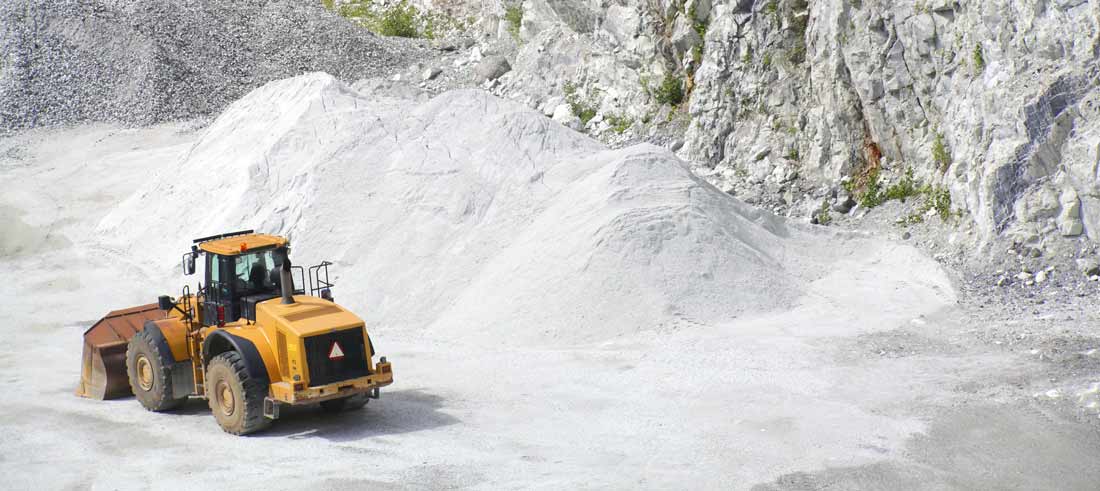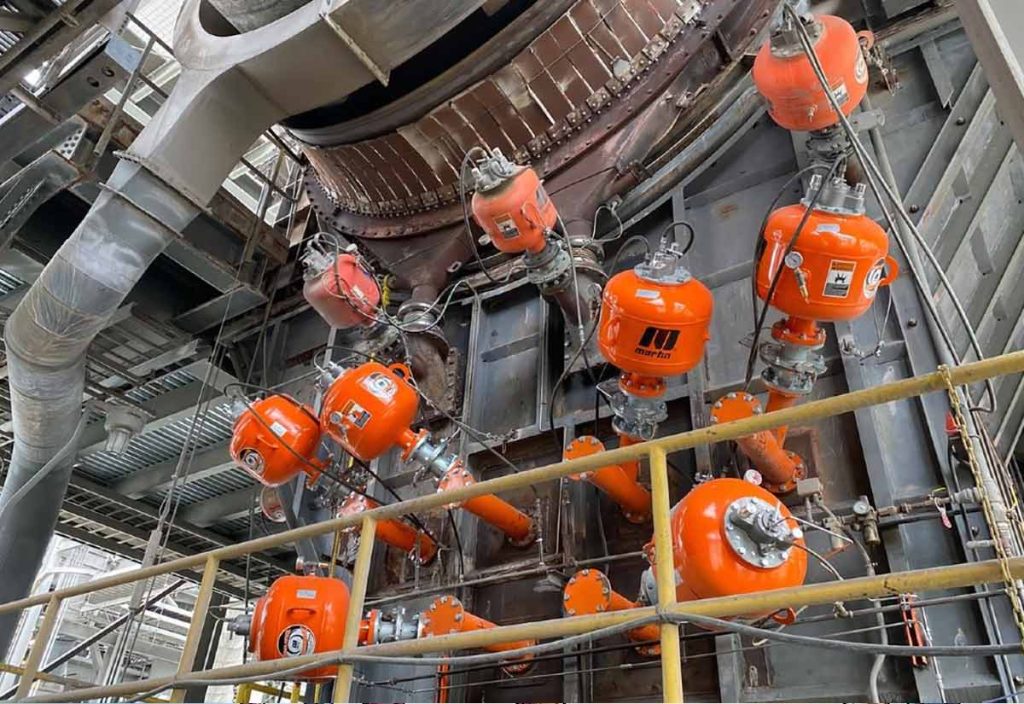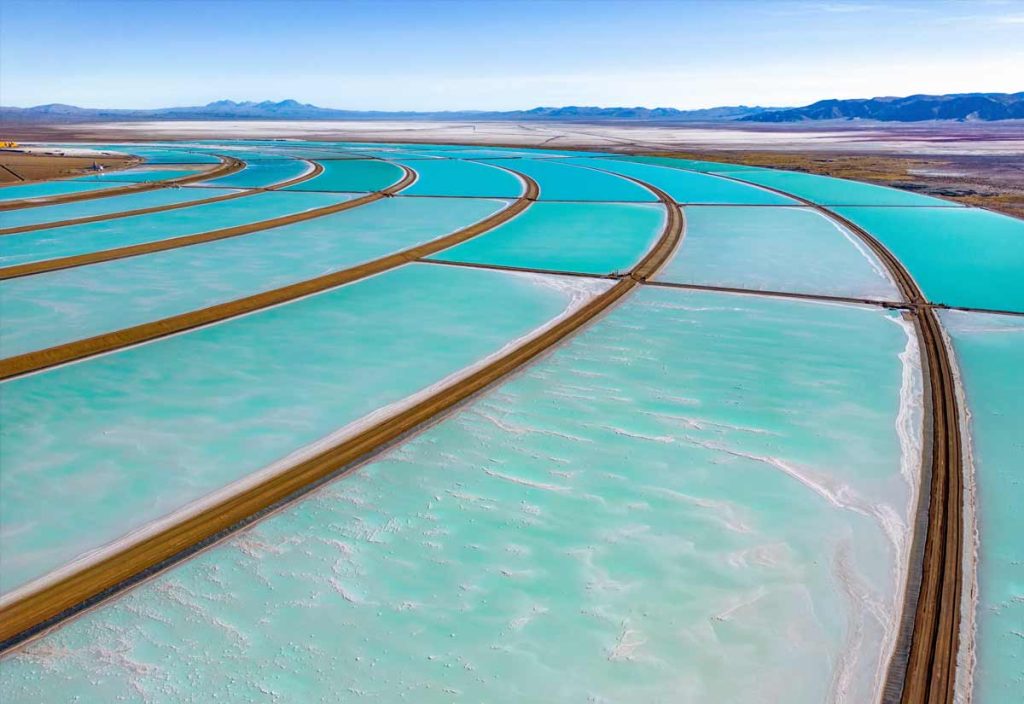“The calcium carbonate market in North America is poised to grow by 9168. 51 thousand tons during 2022-2026 progressing at a CAGR of 4.5”- April 13,2022 Globe Newswire at Yahoo Finance
Resource Erectors Q2 Industry Watch April 2022
Calcium carbonate is one of the unsung essential minerals that’s been part of our daily lives since the first time a teacher took the chalk to a chalkboard in our earliest school days. In the forecast period ranging from 2022 to 2026, North America alone will require nearly 10,000 tons more in increased calcium carbonate production.
The writing on the board is clear, according to the April 13 report just released at ReportLinker.com.
“The market is driven by the increasing use of calcium carbonate as industrial fillers and the increasing consumption of calcium carbonate in the paints and coatings industry.”
That increased use as an industrial filler for paints and coatings only adds to the existing high calcium carbonate demand for extensive use in the concrete industry for cement manufacturing.
Calcium Carbonate in Industries Across the Board
Calcium carbonate for industrial purposes, is extracted by mining or quarrying. The highest grade pure calcium carbonate is produced from marble, or alternatively by introducing carbon dioxide into a solution of calcium hydroxide. Calcium carbonate is derived from the mixture, resulting in a fine grade of product called “precipitated calcium carbonate,” or PCC.
PCC, with its inherent controlled particle size, on the order of 2 microns in diameter, is particularly useful in paper production processes. The white color makes calcium carbonate (CaCO3) the most widely used mineral in the paper, plastics, paints and coatings industries both as a filler and as a coating pigment. In paper production calcium carbonate is preferred worldwide for its brightness and light scattering characteristics, the perfect inexpensive filler for manufacturing bright opaque paper. Filler is used at the wet-end of paper making machines, and to produce quality paper that is both bright and smooth.
In paints, used as an extender, calcium carbonate can represent as much as 30% by weight. Calcium carbonate also finds a wide range of applications as a filler in adhesives, and sealants.
Another primary industrial product is “ground calcium carbonate,” or GCC. GCC, as the name implies, involves crushing and processing limestone to create a powder graded by size and other physical properties for a wide scope of industrial applications including:
- Adhesives
- Paper
- Paints
- Plastics
- Pharmaceuticals
- Fillers
- Pigments
- Raw chemical materials
- pH balancing agents
- Dietary supplements

Calcium Carbonate and Emissions-Free Cement
They’re calling it the Continuing Quest for Emissions-Free Cement” at Specify Concrete.
Concrete is, without a doubt, the primary driver of calcium carbonate demand and the trend in 2022 and beyond is increasing. As civilization’s traditional favorite construction material, concrete is economical, versatile, and durable. As an integral part of both residential and commercial buildings, in a world where the number of those buildings is projected to double by 2060, green concrete research and development is a high priority for engineers in the industry.
Concrete production accounts for 8% of the dreaded “greenhouse gas” emissions and engineers at MIT are taking the lead with “a new way of manufacturing the material that could eliminate these emissions altogether, and could even make some other useful products in the process”.
According to a 2019 paper authored by Yet-Ming Chiang, the Kyocera Professor of Materials Science and Engineering at MIT;
“About 1 kilogram of carbon dioxide is released for every kilogram of cement made today. That adds up to 3 to 4 gigatons of cement, and of carbon dioxide emissions, produced annually today, and that amount is projected to grow. The number of buildings worldwide is expected to double by 2060, which is equivalent to “building one new New York City every 30 days,” And the commodity is now very cheap to produce: It costs only about 13 cents per kilogram, which makes it cheaper than bottled water.”- New approach suggests path to emissions-free cement– MIT News

Professor Chiang is relying on an electrolysis process that could reduce or eliminate altogether the dependence on coal-burning to produce the high temperatures required for manufacturing Ordinary Portland Cement or OPC. Unwanted gasses are released from two sources, the burning coal and those emitted from the limestone during the heating process when it is cooked with sand and clay additives.
With Chiang’s process, pulverized limestone is dissolved in acid at one electrode and high-purity carbon dioxide is released. Calcium hydroxide, also known as lime, precipitates out as a solid substance at the other. The calcium hydroxide process moves along in another step to produce the ”green cement”, which largely consists of calcium silicate.
The carbon dioxide generated is in a pure concentrated stream, which can then be easily captured, or “sequestered” to produce other products such as a liquid fuel, or used for applications such as oil recovery or even for consumer products such as carbonated beverages and dry ice.
According to the number crunchers at MIT, hydrogen and oxygen are also emitted in the process. These elements can be recombined in a fuel cell, or burned to produce enough energy to fuel the entire process, producing nothing but water vapor.
Though Professor Chiang’s team has demonstrated the basic electrochemical process in the lab, the electrolysis process will require much more research and development to scale up to meet enormous industrial demand on a global scale. Chiang is aware of the uphill battle he faces in getting builders to try out and accept new innovations, but he hopes his approach serves “to get people in the electrochemical sector to start thinking more about this, and come up with new ideas. It’s an important first step, but not yet a fully developed solution.”
About Resource Erectors
As demand for mine and quarry minerals grows year over year the demand for engineers, plant managers, and qualified heavy industry professionals rises proportionally along with it. Six-figure salaries are now the rule rather than the exception for the top Resource Erectors professionals in engineering, civil construction, concrete, aggregates, construction materials, bulk materials, and manufacturing.
Resource Erectors brings decades of specialized heavy industry recruiting experience to ensure that your organization can fill essential positions to avoid the high cost of vacancies that pile up each day those positions remain unfilled. Over 85% of Resource Erectors candidates are still contributing to the success of the industry-leading companies we’ve placed them with 5 years later. That helps eliminate the chance of a bad hire and ensures that the best professional candidates are the only candidates to be considered for your next dream team.
When you’re ready to build or join your next heavy industry dream team, don’t hesitate to contact Resource Erectors so we can all get to work.








